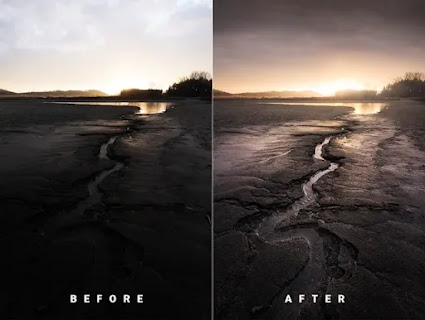Manual Blending for Cathedral-Like Hotel Atriums
Manual blending is an essential technique for enhancing the visual appeal of cathedral-like hotel atriums in Photoshop. These grand spaces often feature a mix of natural and artificial lighting, intricate architectural details, and expansive views, making them both challenging and rewarding to edit. Here’s a comprehensive guide to help you master manual blending for such majestic settings.
Step-by-Step Guide to Manual Blending
Step 1: Import and Organize Your Layers
Begin by importing all your images into Photoshop. If you have multiple exposures or different elements to blend, each should be imported as a separate layer. Organize your layers logically, for example, separate layers for ambient lighting, flash exposures, and virtual staging elements. This makes the process more manageable.
Step 2: Create a Base Layer
Choose the middle exposure or the layer that best represents the overall scene as your base layer. Duplicate this layer to ensure you have a backup. This is crucial for non-destructive editing.
Step 3: Recover Overexposed Areas
Add an inverted mask to each image except the base photo. Press everything and click on the mask button to mask all except your basic image. Begin by restoring the blowout/oversighted areas on your basic image. Use a brush tool with an opacity and flow of 30% for easy control, and then start brushing them on overstated areas to tone them.
Step 4: Do not restore - -driven areas
Once you have restored the overexposed areas, visit the dark/unclear areas of the base image. Choose the most bright surroundings from your layers and start brushing slowly. This will help you reveal details in the shade.
Step 5: Restore light
Use another exposure to restore the lights. In the example, some areas were also extracted on ceilings, floors and windows. Keep a combination until everything is well integrated.
Step 6: Integrates virtual staging elements
Add your virtual staging elements as new layers. Make sure they are properly stationed in the stage. Adjust the lights on these elements to match the light itself in the stage. Use a combination mode such as "screen" or "overlay" to help them integrate them.
Step 7: Fine adjustment with conclusion mode
Use each layer of different combination mode. "Soft lights" and "overlay" are often effective in adding depth and realism. Adjust the obscurity of the layers to control the intensity of the effect. It Helps achieve a balanced look.
Step 8: Use team mask for accuracy
Use team masks to hide or reveal parts of each layer with accuracy. It is important to combine the edges and ensure a simple integration. Use a soft brush with low optimal to make microscopic adjustments. It prevents rigid infections and ensures a natural shape.
Step 9: Color enhancement and matching
Make sure the color of virtual elements matches the actual light in the visual. Use color balance or sinking adjusting layers for fine-dun colors. Adjust the tone to maintain stability throughout the image. It contains matching shadows, highlights and middle tones.
Step 10: Add final touch
Use Unshars Mask or Smart Sharpton filter to increase the details of your image. Make the final adjustment of the general brightness and to ensure that the image is visually attractive.
Step 11: Save and Export
Save your layered PSD file to keep all your edits intact. Export the final image in the required format, such as JPEG or PNG, for use in marketing materials.
Conclusion
Manual blending in Photoshop is a meticulous process that requires patience and attention to detail. By following these steps, you can achieve a professional and realistic edit for your cathedral-like hotel atrium images. This technique ensures that virtual staging elements blend seamlessly with the real light, creating a visually compelling and high-end result.
The search results provided valuable insights into the manual blending process and virtual staging techniques, which were used to craft this guide.
.png)
.png)

Comments
Post a Comment